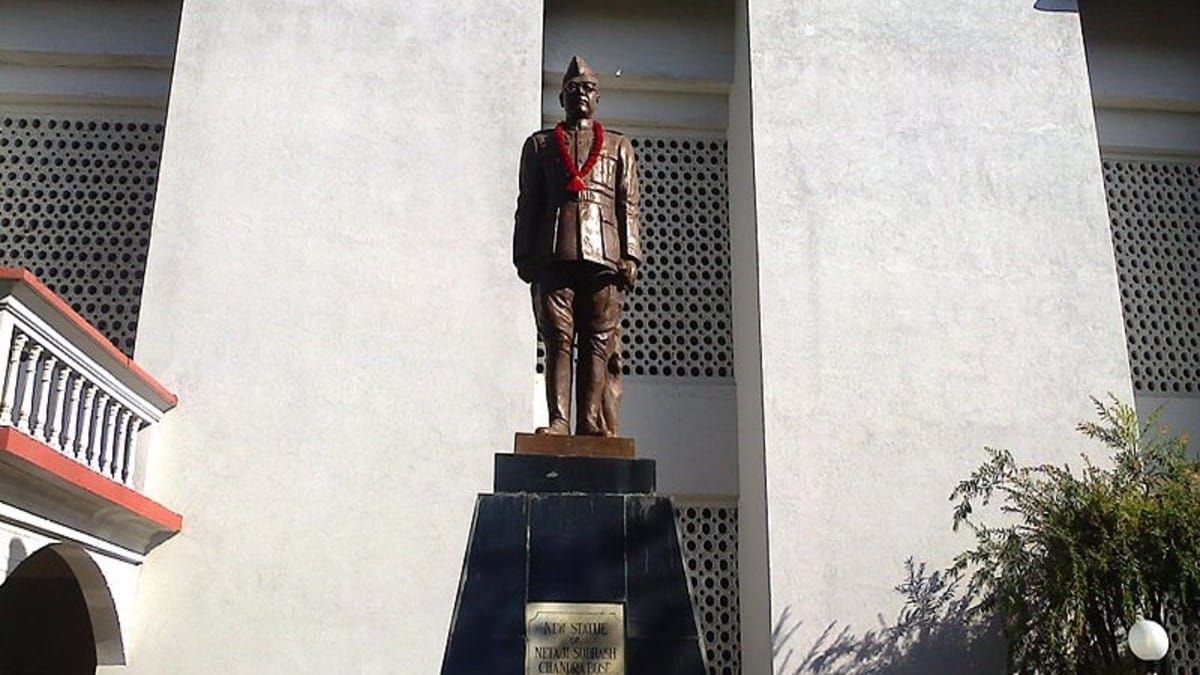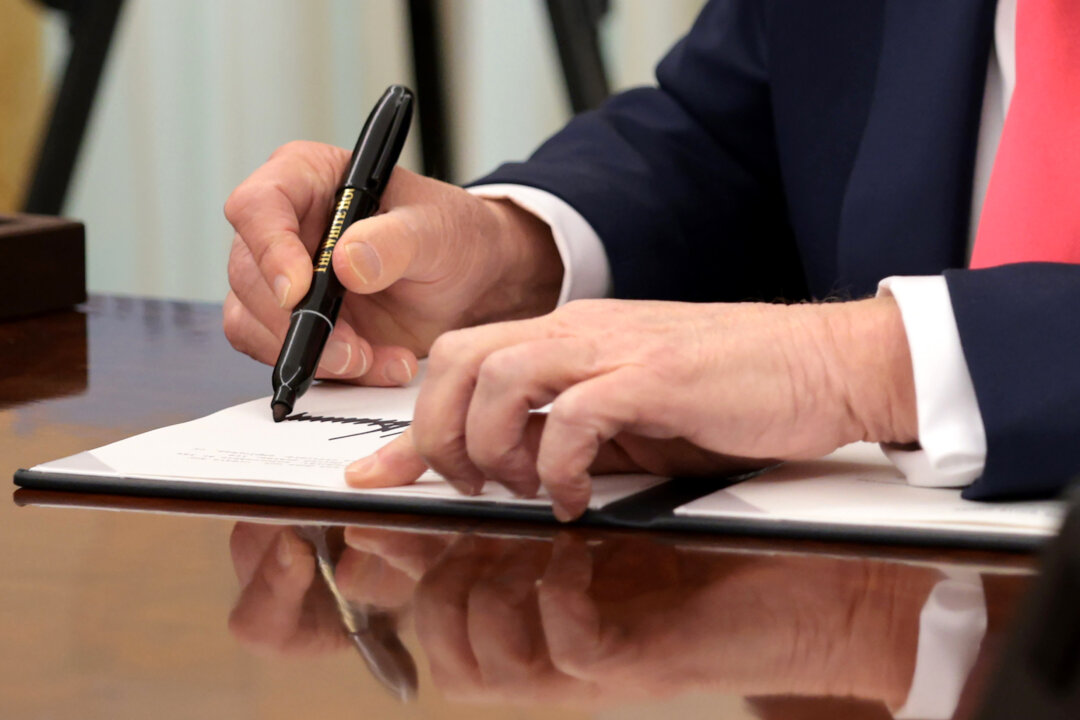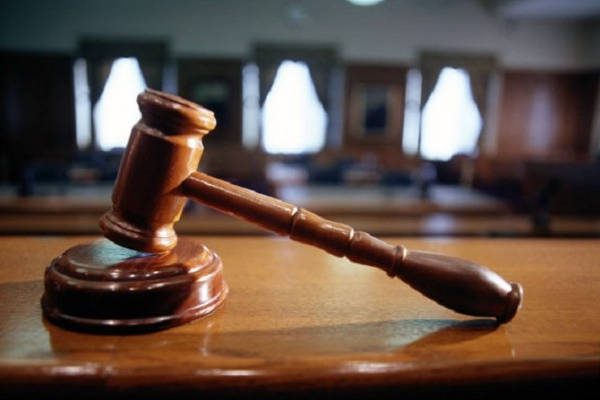The place: Silpakorn Theatre, Bangkok; the time : June 15 to 23, 1942. Rashbehari Bose was realigning the Indian Independence League with the “Council of Action” members led by him and four others—N Raghavan, Captain Mohan Singh, KPK Menon and Col Gillani. It was now or never, and one needed to take advantage of the Japanese belligerence.
After all, just a month ago, on May 10, 1942, they had started bombing Imphal. There someone gave the idea that a gentleman was lurking somewhere in Germany and would be more than useful. The same was incorporated as point number 20 in the minutes.

The Bangkok resolution unfortunately ran into rough weather as some insurmountable differences cropped up between Rashbehari and Mohan Singh, one of the prime members of the council and, incidentally, the founder of the Indian National Army. Netaji Bose, then in the high seas, sat alone in an U180 in the midst of yet another daring and unheard adventure. Bose arrived in Singapore on July 2, 1943, after completing a three-month-long perilous journey from Kiel to Sabang.
Two days later Rash Behari formally handed over the presidency of the IIL. The INA was revived and recharged courtesy of its charismatic leader. Bose knew that the lack of a national army and a national government were two of the biggest hindrances in her fight for freedom.
The formation of a provincial government would be the precursor to the final struggle. October 21, 1943, was the momentous occasion when the provincial government was formed. Most pertinently, the foresight of Netaji could invoke the careful reasoning of forming a proper government before waging war.
Also, an eventual setback, if any, would still ensure respectful treatment of the INA PoWs. The government, apart from its well-structured armed forces, including a women’s wing, had its own bank too. Such was his rapport with the Japanese that within six months of his arrival, he and his government had started independently ruling the Andaman and Nicobar Islands alongside the Ziawadi Estate in Burma.
Field Marshal Count Terauchi, the Japanese C in C, Southeast Asia, however, didn’t think too highly of the INA and certainly not battle worthy, except for some special service units and propaganda groups. With great difficulty Count Terauchi agreed on one regiment. After all, he couldn’t refuse Netaji.
The command of the first division was entrusted to Md Zaman Kiani, ex 14th Punjab regiment of the British Indian Army. This division had three brigades, all guerilla regiments, named after Gandhi, Azad and Nehru, led by Inayat Jaan Kiani, Gulzara Singh and Aziz Ahmed, respectively. In September 1943, the fourth Guerrilla Brigade was formed at Taiping in Malaya out of those of the first division.
It was called the Subhas Brigade, and the onus of commanding it was left to Col Shah Nawaz Khan. Simultaneously General Aziz Ahmed Khan was shifted to the second division, where he, along with Col G S Dhillon of the Nehru Brigade and Col N S Bhagat of the No. 5 Guerilla Regiment, was a prime mover of this fighting unit.
Later a third division under General GR Nagar was also formed. All three divisions were under Col Jagannathrao Krishnarao Bhonsale, Chief of Staff, who was reporting to Commander in Chief Netaji Subhas Chandra Bose. By January 1944, the first division started for Burma.
The regiment consisted of three battalions led by Major PS Rathuri, Ram Singh and Padam Singh. Lieutenant General Renya Mutaguchi, Commander of the Japanese 15th Army, finally decided on the plan of action. He called it Operation “U”.
It had to start with his 55th div attacking the British in Arakan on February 4, 1944, as a diversion to the main offensive. The main attack to capture Imphal was launched by the 31st division led by Lt Gen Sato , the 15th division led by Lt Gen Yamauchi and the 33rd division led by Lt Gen Yanagida. While the Homalin Tomanthi headquarters of the 31st division was to enter Imphal from the north after capturing Kohima, the 15th division with headquarters at Thaungdut was to enter Imphal from the east from Ukhrul.
The Kalimyo-based 33rd div would operate a week earlier than the two and enter Imphal via Tamu Moran and Palel in the east and Tiddim in the south. Around two hundred INA soldiers (Bahadur Group - Special Services) attached to each division were engaged in Arakan, Manipur and Nagaland, respectively. The headquarters were remarkably strategic, with each of them facing vertically the three British divisions, the 17th, 20th and 21st Army, led by Lt Gen Cowan (HQ Tiddim), Lt Gen Gracey (HQ Kabaw Valley) and Lt Gen Roberts (HQ Imphal), respectively.
The battle lines were clearly drawn. Although the INA officers were feeling hard done by the lack of Japanese cooperation, they were in amazingly high spirits. Thus, on February 4, 1944, as planned, Azad Hind Fauz went into action for the first time on the Arakan Mountains, and Taung Bazar was captured the same day.
With the advancement of the Japanese Army into Burma, the INA had transferred its headquarters to Rangoon. Netaji had made a clarion call to all and sundry to be a part of the journey. Pamphlets were in massive distribution, and that led an inspired local movement, Praja Sammaleni , of the Manipuris to join the INA en masse.
The Bahadur Group – special services – were already in the front line with the Japanese and were attached to various Japanese units in batches of ten. The Arakan Sector was commanded by Major LS Mishra and Major Mehar Dass; the Kohima Sector, by Major Maghar Singh and Ajmer Singh; while the Imphal Sector was led by Lt Col Shaukat Ali Malik. Sactabin in the Kaladan was captured on March 1, and four days later, Kalan was occupied.
Tiddim was gone by March 7, and both Yamauchi’s 15th division and Sato’s 31st division were now across the Chindwin River. The very next day , Fort White was reduced, and the entry into India through Manipur was cleared with the fall of Lanacot on March 12. On March 18, 1944, came the news that the Kennedy Peak on the Indo-Burma Frontier bordering Ukhrul was occupied by the Subhas Brigade under Shahnawaz Khan.
The next day early in the morning, they reportedly hoisted the national flag for the first time on Indian soil. Toungjam and Ukhrul gave in on the 20th and 21st of March prior to the famous battle of Shangsak on the 24th. Simultaneously from the east, through Moreh and Pallel, the Gandhi Brigade under Inayat Jani Kiani was also rampaging towards Imphal, prompting the transshipment of one British division from Arakan to Imphal.
Moreh fell on March 31, and the very next day Kabaw and Tamu were captured. The most potent division was the 33rd Nippon division, as they had the Subhas brigade for company. They followed the retreating 17th Division, crossed the Indian border on March 19th and then thrust deep into the southern hill ranges.
They were rampaging so fast that the retreat was over by 13th April. Prof Modhu Singh of Moirang College says in an interview to the author that ‘two bombs’ were fired from the southern Khoingoujeng hills at Moirang on the evening of April 12, and a fierce encounter took place between the British and the INA soldiers at Phougakchaokhai and Tronglaobi. A large column of the British forces was seen fleeing towards Laiga stream and Chengei.
The INA and the Japs were wasting no time to occupy the vacated areas. And ushering in thus the “Moirang day”. April 14, 1944.
K Kanglen Singh, M Koireng Singh, L Sanaba Singh and M Mani Singh, four passionate locals, reached Tronglaobi, 4 km south of Moirang, early in the morning and started negotiating with the Indo-Japanese advance party. In spite of the scorched earth policy of the British, which included the burning of residential thatched houses by ‘spraying oil from airplane’, the outcome was sealed. The locals were celebrating the Cheiraoba , the lunar new year festival, that day, but a bigger ceremony was waiting to happen.
The locals had, after all, provided food to the Indo-Japanese forces numbering about 1000 for three months. At about 5 PM, Col Shaukat Ali Malik, Commander of the Bahadur group, Imphal Sector, hoisted the tricolour with the Springing Tiger as an emblem at the historic Moirang Kangla to mark the liberation of Moirang and its neighbouring villages. Many Japanese soldiers were witnesses to this historic event.
All abandoned British arms and ammunition were collected by the locals and handed over to Col Malik. Capt. Ito of the 33rd Japanese Mountain Gun regiment then addressed the gathering along with Col Malik, whose address in Manipuri was translated by M Koireng Singh, who later went on to become the Chief Minister of Manipur.
From nearby Chamol (INA Advance base camp), a gasping Lungdam, a Kuki, with a message from Netaji, handed the message slip to Gulapchand Singh, the medical officer. The joy doubled instantly. Next, they declared Moirang as their advance headquarters at the residence of H Nilamoni Singh, INA.
The thrilled locals of Moirang thus became the first liberated people of India post a proper ceremony. Both Tengnoupal and Pallel were taken over on April 20, almost at the same time as Moirang. The divisional headquarters of the provisional government was set up at Tengnoupal, where Governor-designate Manipur, Col A C Chatterjee, resided.
The joint forces kept Kohima under their control for 21 days, blocking all land traffic between Imphal and the rest of the country. An earlier flag hoisting by Netaji took place at Port Blair on December 30, 1943, but that was without any bloodshed and fighting. The flag hoisting at Kennedy Peak lacked a proper ceremony.
Moirang had both in abundance, and that’s what sets it miles apart and makes it historically majestic. This battle of Imphal/Kohima triumphed over more celebrated battles of D-Day and Waterloo and was chosen as Britain’s greatest battle in history in a contest organised by the National Army Museum, London. Authentic documents from British archives declassified in 1971, having signatories such as the Viceroy Field Marshal Viscount Wavell, the C in C Sir Claude Auchinleck and other functionaries of the Intelligence Department and the then Secretary of State for India Lord Pethick Lawrence, throw light on the actual reasons for their ultimate decision to quit India at the earliest.
These seminal documents belong to top British authorities who were directly involved with the final decision of the grant of independence. The fact can’t be kept under wraps for too long that the British left India in a hurry because of Bose’s influence and the Indian National Army. And in this journey of independence, amongst countless holy shrines, Moirang has earned its right to be counted as a significant pilgrimage centre.
Views expressed in the above piece are personal and solely those of the author. They do not necessarily reflect Firstpost’s views..
Politics

Moirang Liberation Day: When INA hoisted Indian flag for first time on India’s mainland

The British left India in a hurry because of Subhash Bose’s influence and the Indian National Army, and in this journey of independence, Moirang has earned its right to be counted as a historic place















